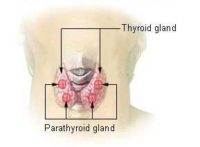Alzheimer's - Dementia, Author Interviews, Personalized Medicine, University of Pennsylvania / 15.05.2018
Amyloid PET Scan Can Predict Progression to Alzheimer’s in Patients With Mild Cognitive Impairment
MedicalResearch.com Interview with:
David A. Wolk, MD
Associate Professor
Department of Neurology
Co-Director, Penn Memory Center
Associate Director, Alzheimer’s Disease Core Center
University of Pennsylvania
MedicalResearch.com: What is the background for this study? What are the main findings?
Response: Mild Cognitive Impairment (MCI) is a state when individuals have mild memory problems, but not enough to impact day-to-day function. Many patients with MCI are on the trajectory to developing Alzheimer’s Disease dementia, but about half will not and remain stable. As such, patients with MCI are often uncertain about the likelihood they should expect to decline in the future which obviously may be associated with considerable anxiety and this may delay opportunities for them to plan for the future or begin therapeutic interventions.
This study examined the degree to which amyloid PET, which detects the amyloid pathology of Alzheimer’s Disease, a measure of shrinkage of the hippocampus with MRI, and cognitive measures predicted development of dementia over 3 years. We found that each of these measures enhances prediction of whether an individual will or will not develop dementia in the future. If all of these measures are positive, one has a very high risk of progression whereas if amyloid PET and the MRI measurement are normal, there is very little risk of progression. (more…)
















